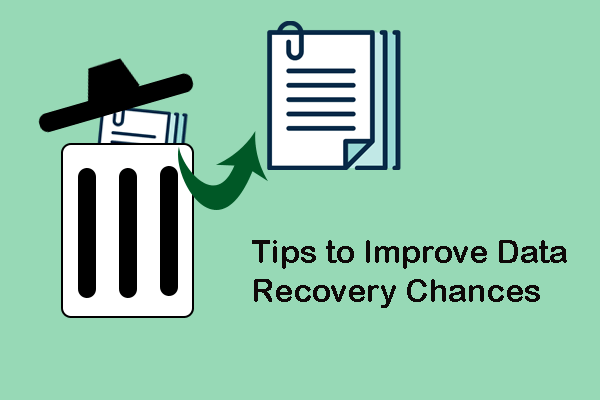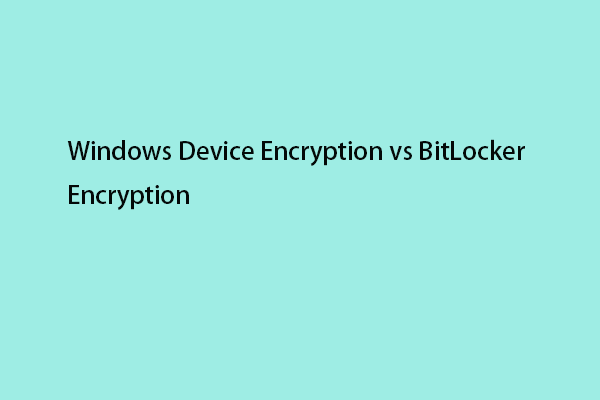Disk Encryption vs File Encryption
As malicious cybercrimes happen frequently and unexpectedly, data security gradually becomes an essential task for individuals and businesses. Data encryption prevents others from accessing sensitive information effectively and can be applied to either single files or an entire disk. Do you know what disk encryption and file encryption are exactly? The two encryption types are explained below.
What Is Disk Encryption
Disk encryption, also known as full disk encryption (FDE), is used to lock the whole disk. Without a proper password, you are unable to read all the stored data or write data to the disk. Carry out full disk encryption by utilizing BitLocker in Windows and FileVault in macOS. Though the full disk encryption encrypts at the disk level, it is not as secure as imagined because, once people get the volume password, they can access every file stored on the volume without any obstacles.
What Is File Encryption
Different from disk encryption, file encryption is at a specific level that encrypts individual files. The file-based encryption (FBE) has better security control on each file. Even though the hard disk is available for everyone, the encrypted file can only be accessed by you.
Imagining a house with several single rooms, the disk encryption method is like the key to the outdoor that allows you to enter the house, while the file encryption method is similar to the key to each single room.
Full Disk Encryption vs File-Based Encryption: Which One to Choose
It is easy to figure out the basic difference between FDE and FBE, but which method to use when you need to safeguard your data? It is essential to know the advantages and disadvantages of the two encryption methods respectively.
- For file access: For disk encryption, all files are automatically encrypted and decrypted once the password of the disk is input. For file encryption, you should use a specific password to decrypt the target file. If there are too many encrypted files, accessing files can be a complex process.
- For file security: Disk encryption makes the entire disk inaccessible to those who have no password. However, once you unlock the disk, all files are available to everyone. Compared with disk encryption, file encryption can protect a file better. With the password, you can only access the corresponding file, while other files are still locked.
- For the encryption method: As we explained above, here are the system utilities on Windows and macOS to perform disk encryption. On the other hand, to do the file encryption, using third-party software is the common way. Additionally, when you need to encrypt more files, it can be a difficult task to trace all the passwords for those files.
Depending on your requirements, you can choose one that suits you best. When you just need to encrypt a few files, you can choose the file encryption method. If there are numerous files on your disk, you can encrypt the whole disk and then use file encryption to lock several essential files only.
Further Reading:
You may wonder how to recover files from encrypted disks when files are lost from them. MiniTool Power Data Recovery is able to help you recover files. However, you should decrypt the disk first. If you accidentally format the encrypted drive, you can also try this free file recovery software to recover files.
MiniTool Power Data Recovery FreeClick to Download100%Clean & Safe
Final Words
This is all about disk encryption vs file encryption. You can know the basic information of disk encryption and file encryption, as well as the pros and cons of disk vs file encryption. Select one method in accordance with your situation. Hope here is useful information to you!


![[SOLVED] How to Recover BitLocker Drive Encryption Easily](https://images.minitool.com/minitool.com/images/uploads/2018/09/bitlocker-drive-encryption-recovery-thumbnail.png)
User Comments :